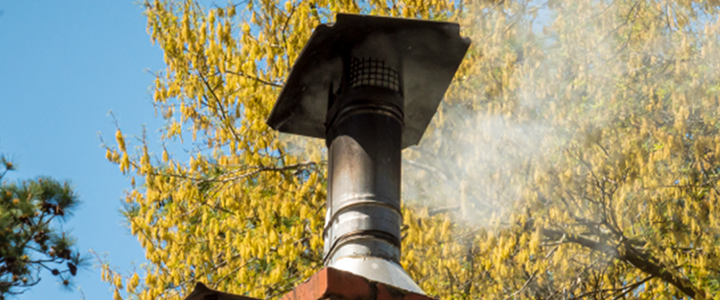
Commissioner's Column: Be Mindful of Wood Smoke Emissions When Heating Homes
Winter is a time when many New Hampshire residents use wood to heat their homes. Although wood is sometimes considered an environmentally friendly fuel for home heating, it can be a significant local source of particulate matter emissions. Particulate matter, especially fine particulate matter (that is less than 2.5 microns in aerodynamic diameter, or PM2.5), can aggravate asthma and can cause shortness of breath or difficulty breathing. Exposure to airborne PM2.5 has also been linked to cardiovascular disease.
Much of the residential wood burning in New Hampshire occurs in populated low-lying valley areas. These valleys are prone to wintertime thermal inversions which can trap wood smoke, and therefore PM2.5 emissions, close to the ground. This phenomenon can greatly increase residents’ PM2.5 exposure in these locations.
There are important steps, however, that the wood-burning public can take to reduce wood smoke emissions and the associated particulate matter exposure. When possible, people should only burn dry, seasoned hardwood. Storing wood in a shed or other structure can encourage drying and seasoning.
When older woodstoves need to be replaced, it is a good opportunity to purchase and install a newer EPA-certified, cleaner-burning woodstove or an even cleaner EPA-certified pellet stove. Whether old or new, woodstoves should be operated, maintained, and regularly cleaned according to manufacturer specifications. In addition, fires should be kept hot and brightly burning. A fire that is allowed to smolder emits more particulate matter than a fire that is vigorously burning.
For more information on how to reduce particulate matter from home heating with wood, please see NHDES’ Home Wood-Burning Appliances webpage, the UNH Extension’s Heating Your Home with Wood webpage, or EPA’s Burn Wise webpage.




